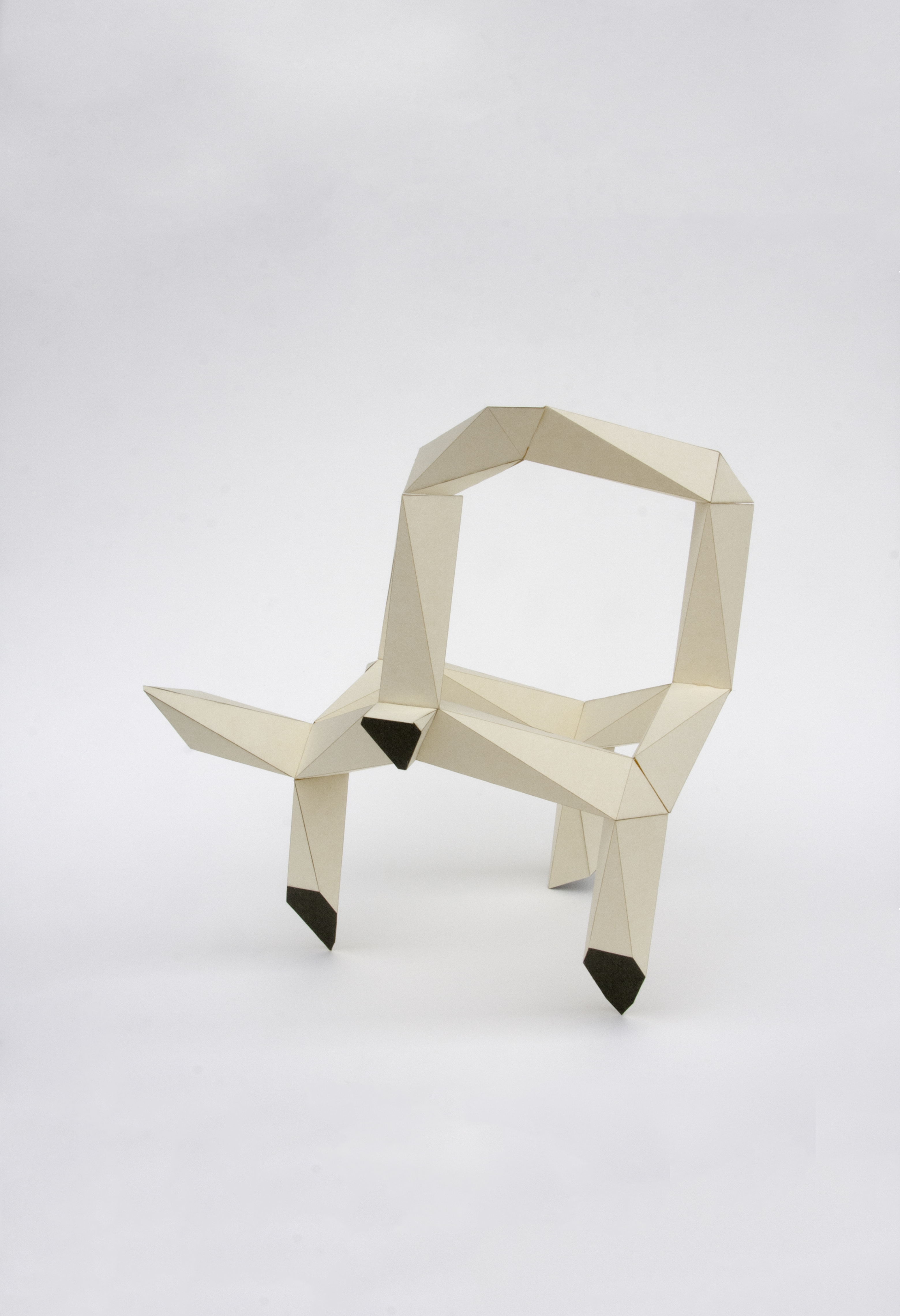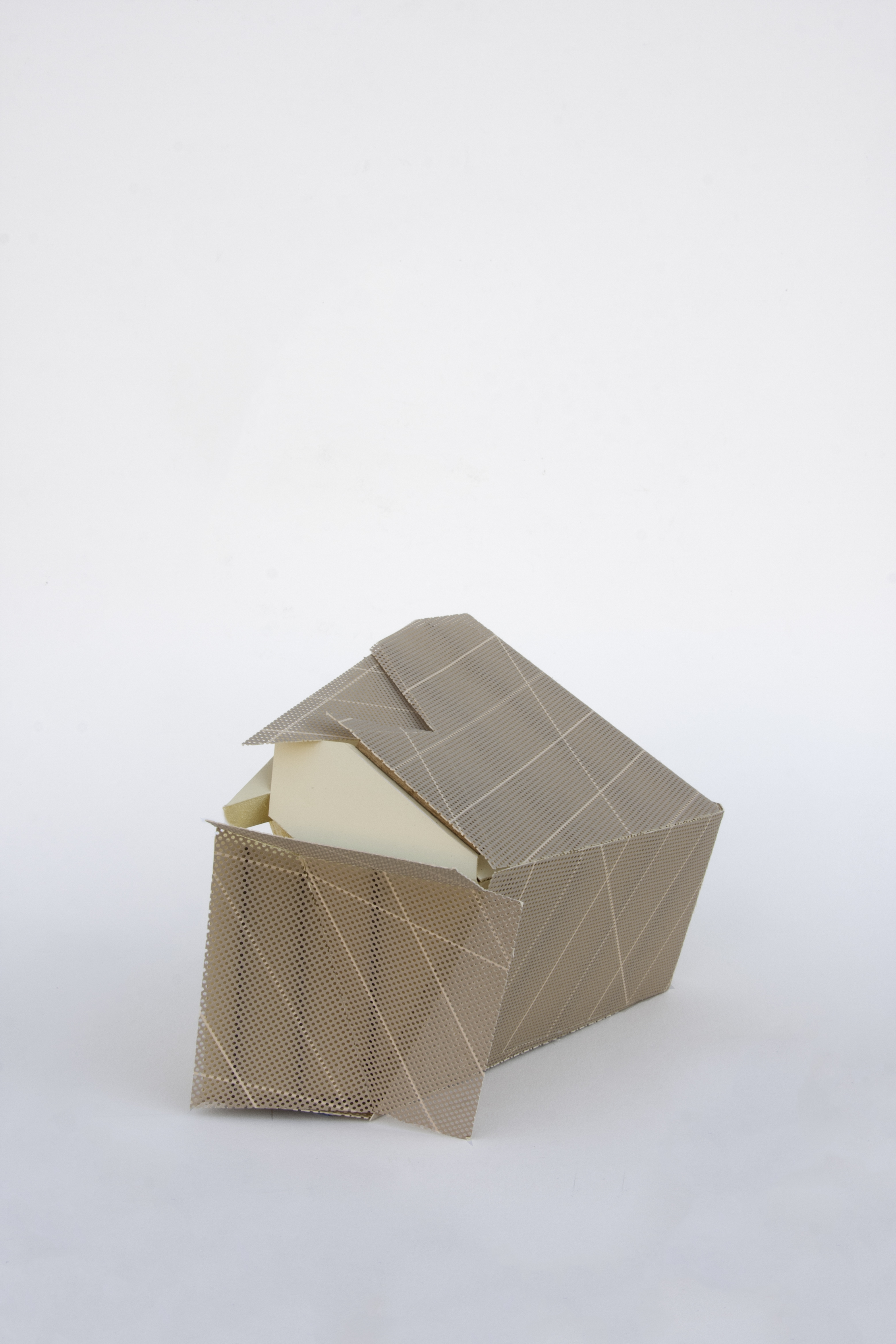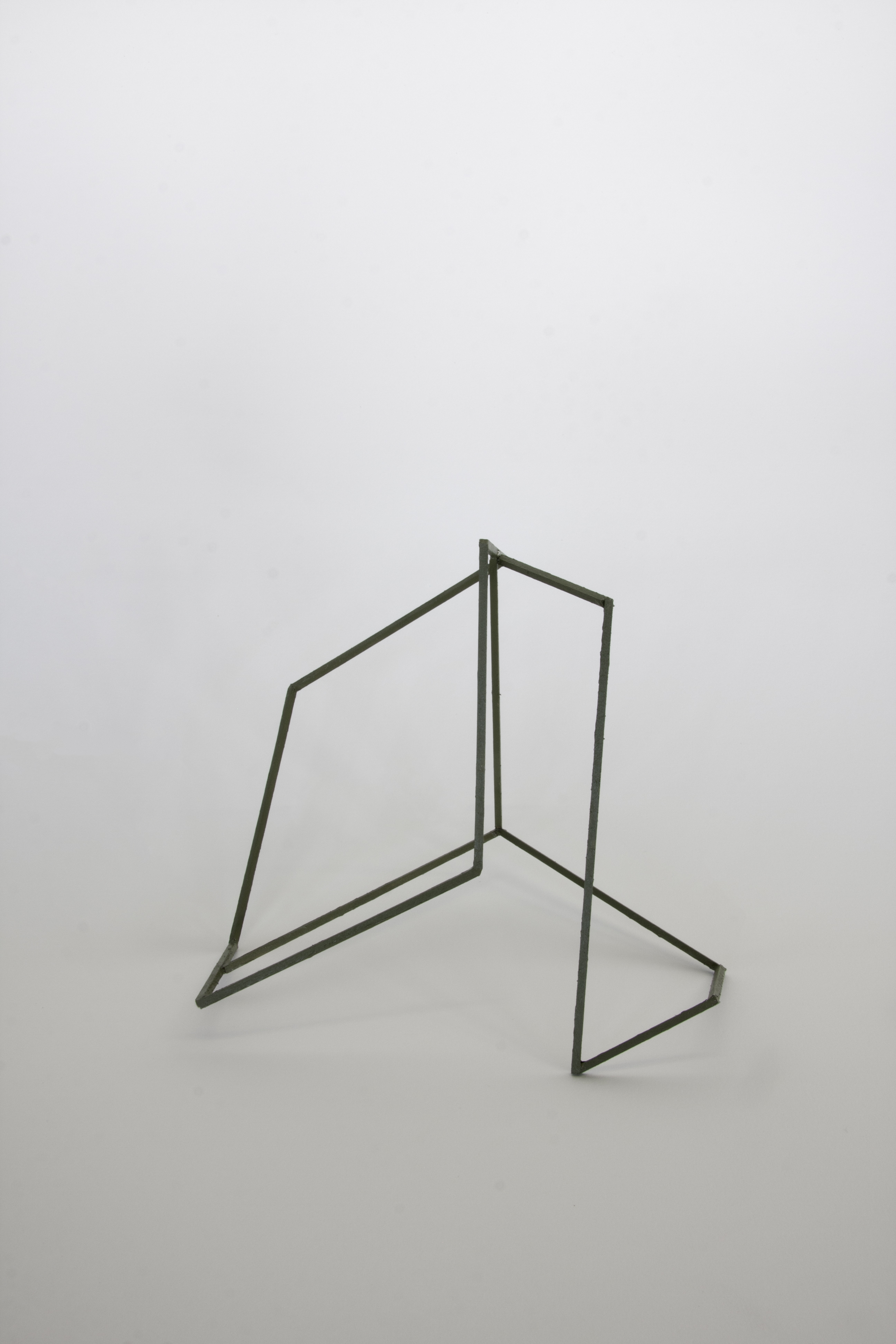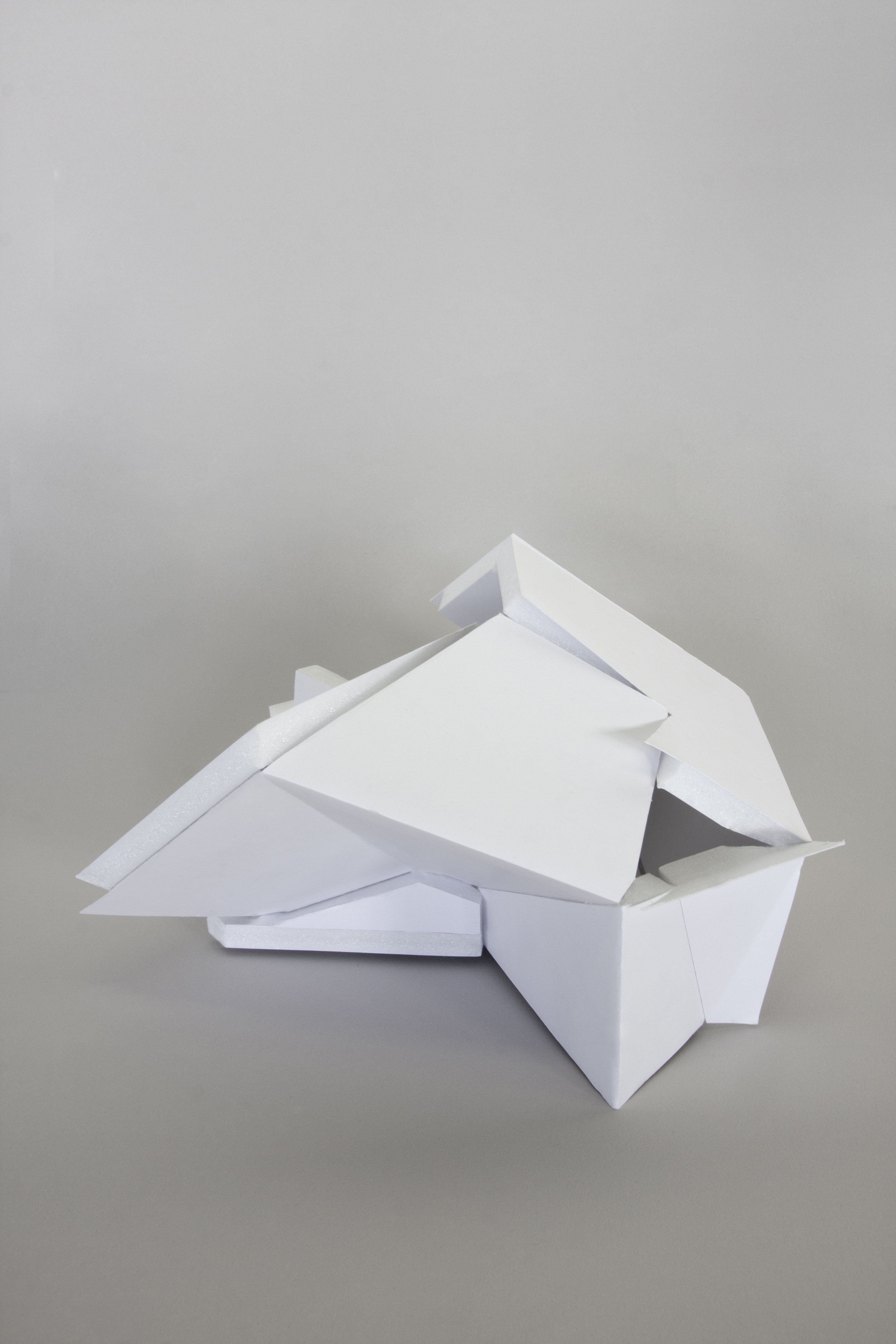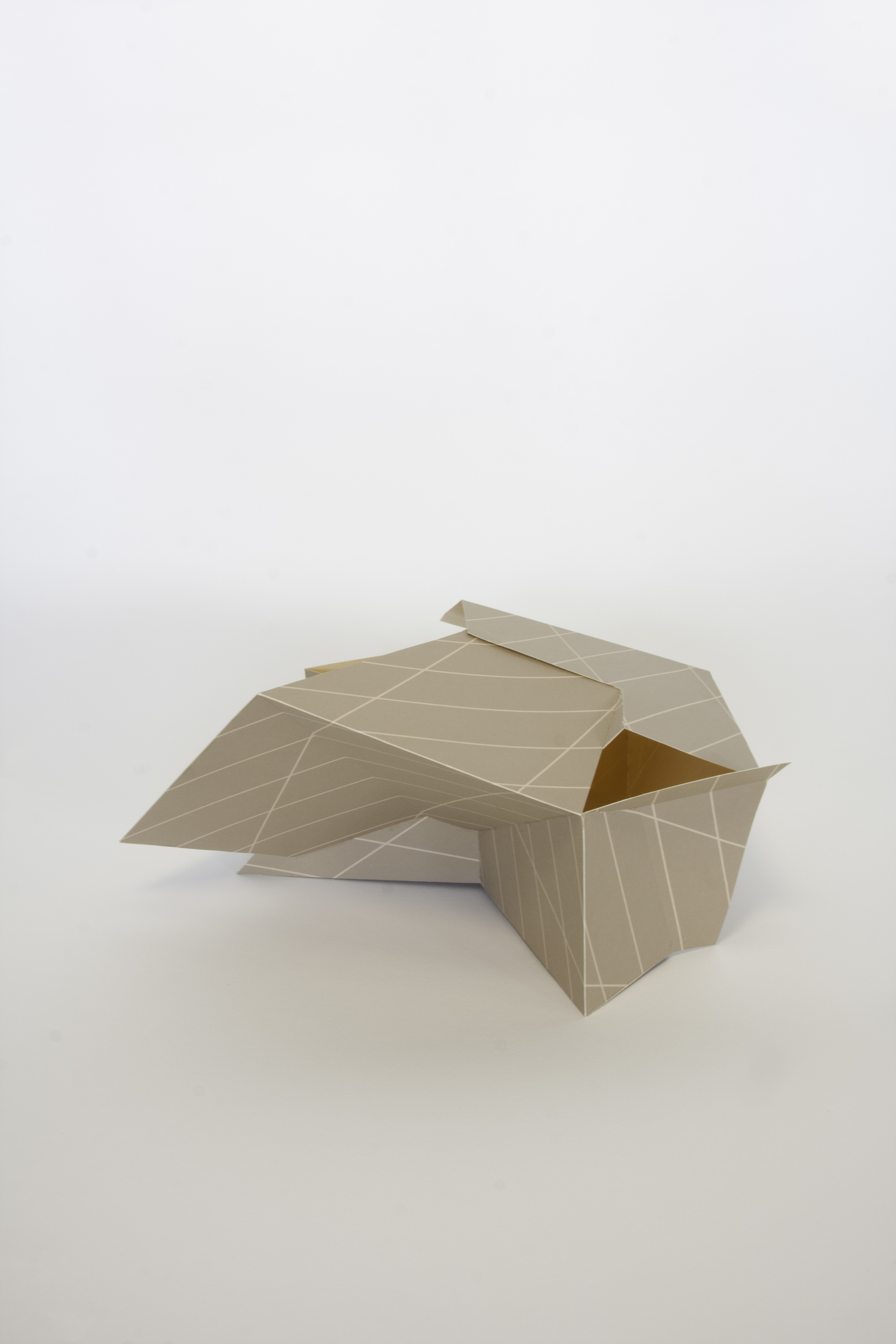Student Highlight: Zoe Małecki, M.Arch 1
SCI-Arc’s M.Arch 1 is a three-year, seven-term professional master of architecture program accredited by the National Architectural Accrediting Board (NAAB). Under the leadership of director Hernán Díaz Alonso and Graduate Programs Chair Elena Manferdini, the M.Arch 1 program has been dedicated to educating exceptional architects, urbanists, designers, entrepreneurs, and scholars who are prepared to serve as cultural leaders in the twenty-first century. The program is open to applicants who hold a bachelor’s degree or equivalent in any field of study, and architecture-related education or experience is not a prerequisite. “The professors acknowledge that probably half of us don’t have a background in design or architecture,” assures Zoe Małecki, who began the M.Arch 1 program at SCI-Arc this fall. “They don’t hold it against you—they are there to give advice and educate you.”
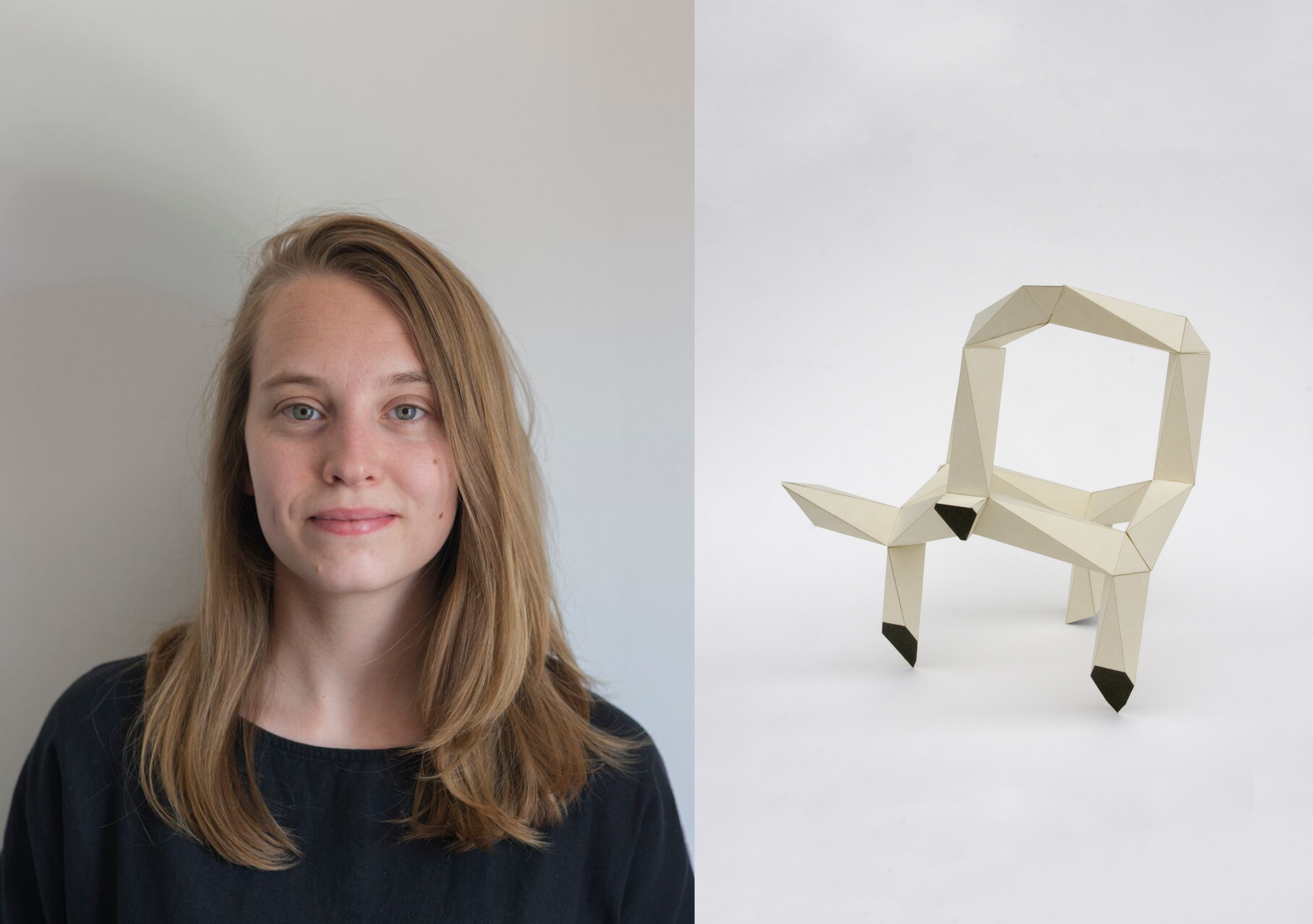
Małecki grew up in Los Angeles and moved east to earn her bachelor’s degree with a major in photography from Bard College. After graduating in 2013, she returned home to LA to ponder her next move while working at Blick Art Materials, where she quickly rose from sales associate to manager. Malecki considered moving to Portland, Oregon, to pursue a graduate degree in psychology; however, LA’s sunny climate persuaded her to linger while she weighed career options that would incorporate her passions for art, science, and technology. That’s how she landed on architecture. It was familiar territory: Her grandfather is an architect who designed his own home, and her parents are repeat remodelers. “Architecture has always been part of my life—I’ve experienced five construction projects firsthand through my family.”
Her desire for a stimulating studio environment with opportunities to explore new technologies made SCI-Arc an obvious choice for Małecki. “I didn’t want to go to a school where everyone goes home to do their work or is relegated to separate studios,” she says. “The studios at SCI-Arc essentially form one long hallway. When I walk from one end of the building to the other, I can see what everyone else is doing and get a preview of what I’ll be working on.”
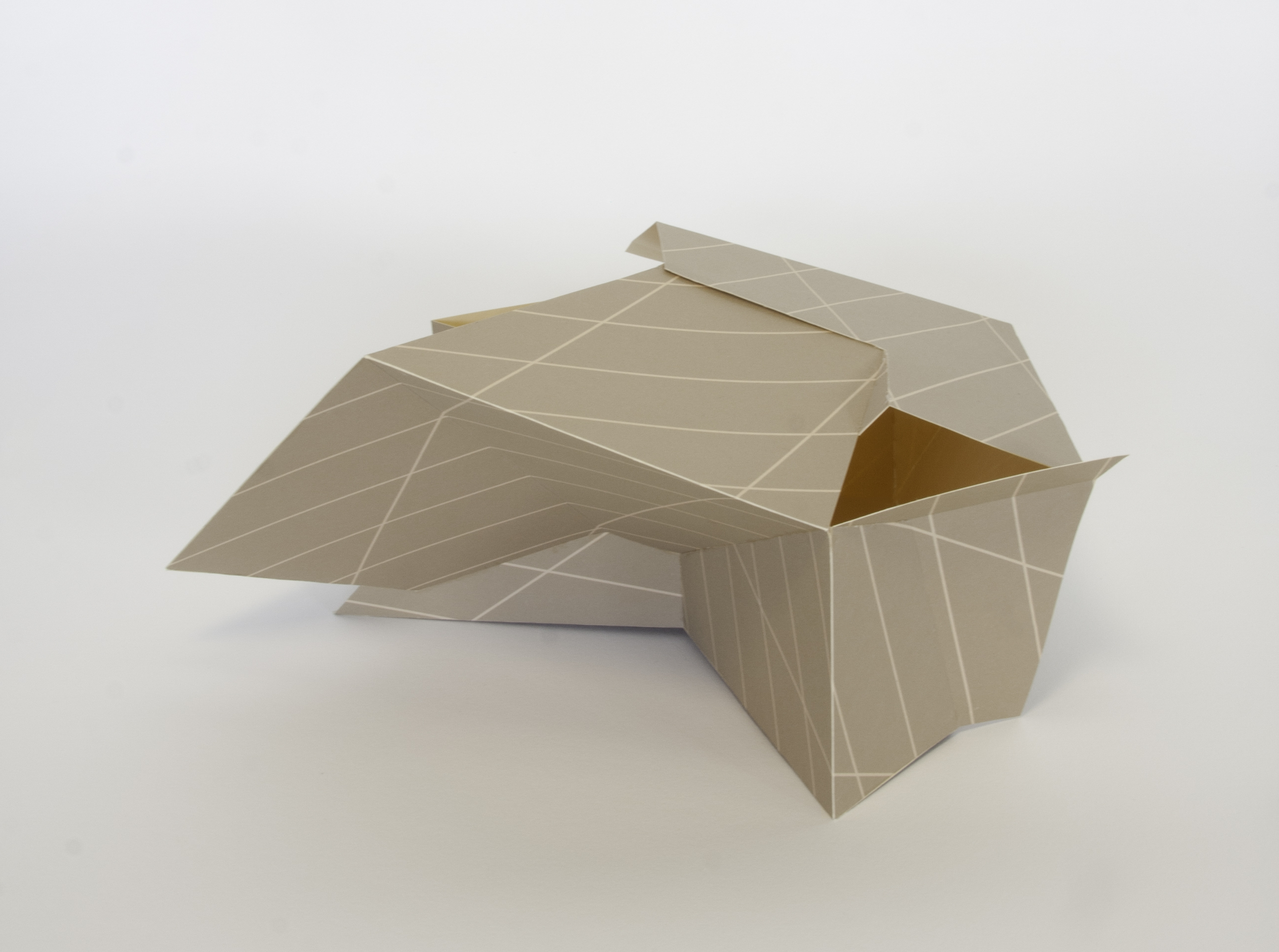
Design studio forms a creative foundation
The core of the M.Arch 1 program is the design studio, which incites experimentation and promotes knowledge through making—from physical and digital models to computer-generated drawings. Students are given detailed tutorials and quickly learn how to use software such as Rhino and Adobe Illustrator to generate models and presentation-quality visuals.
In Małecki’s M.Arch 1 studio, 40 students are divided into groups of 10 among four professors. The environment is open and collaborative, and students claim their desks and decide on the arrangement collectively. While the aim of the studio is to create a programmatic design for a building by the end of the term (the typology has not yet been revealed), students begin with focused, tangible assignments related to geometry, shape, and form. “The structure of assignments is linear,” Malecki says. “You learn a new step and then you can build on the next skill.”
The starting point for Małecki’s studio was “Smoke,” a sculpture by artist Tony Smith that is installed in an atrium at the Los Angeles County Museum of Art (LACMA). Students examined its geometry and developed permutations, building physical models with bass wood and digital versions using Rhino. “We’re starting with the same thing, but everyone is interpreting it in different ways and creating completely different shapes and forms,” she says. Transitioning from 2D to 3D, students are now building foam core models and delving into section drawings. Though Małecki says she is “itching to build a building,” she is currently content to work on a conceptual level: “Constraints help breed creativity.”
Seminars and technologies grounded in real-world applications
The studio experience is supplemented by seminars that provide students with essential professional knowledge and a strong foundation for critical inquiry. Introduction to Contemporary Architecture explores twentieth-century movements, including modernism and postmodernism, establishing historical, conceptual, and cultural contexts. The Materials and Tectonics seminar introduces structural principals and properties of building materials—such as concrete, metal, wood, and glass. Visual Studies focuses on the development of drawings and enforces the importance of considering the intended audience—other architects, contractors, or the general public.
Małecki enjoys making stop-motion animations and looks forward to her second year in the program, when she will learn how to use software such as Grasshopper to create digital animations. She is particularly excited to utilize SCI-Arc’s Robot House, which contains multiple Stäubli robots. It is part of the school’s 12,000-square-foot fabrication facility—one of the largest and most advanced among architecture schools—which also includes the Magic Box, where students can laser cut, vacuum form, or 3D print models using a variety of materials.
“SCI-Arc provides a well-rounded introduction to architecture for those of us who don't have a background in the field,” says Małecki. While she acknowledges that the M.Arch 1 program requires dedication and extensive time commitments, she views it as an investment in her future and believes that it will enable her to achieve her ultimate goal: to build her own house—following in the footsteps of her grandfather, yet forging her own path. But in the meantime, progress is measured in seemingly mundane revelations: “You know you chose the right field when you’re in a parking structure at a mall and you get really excited—you understand that it looks that way because of the spacing of steel beams and their fireproofing requirements.”
“We believe our students can contribute to contemporary life through their creative work on the physical environment, their understanding of the civic and political importance of their practice, and by engaging the historical role of architects as public intellectuals,” says Manferdini. “Zoe is one of these students whose talent and dedication to the field will be nurtured during these upcoming three years in our institution.”
The deadline to apply for the fall 2018 semester of the M.Arch 1 program is January 15, 2018. Learn more and submit an application.
